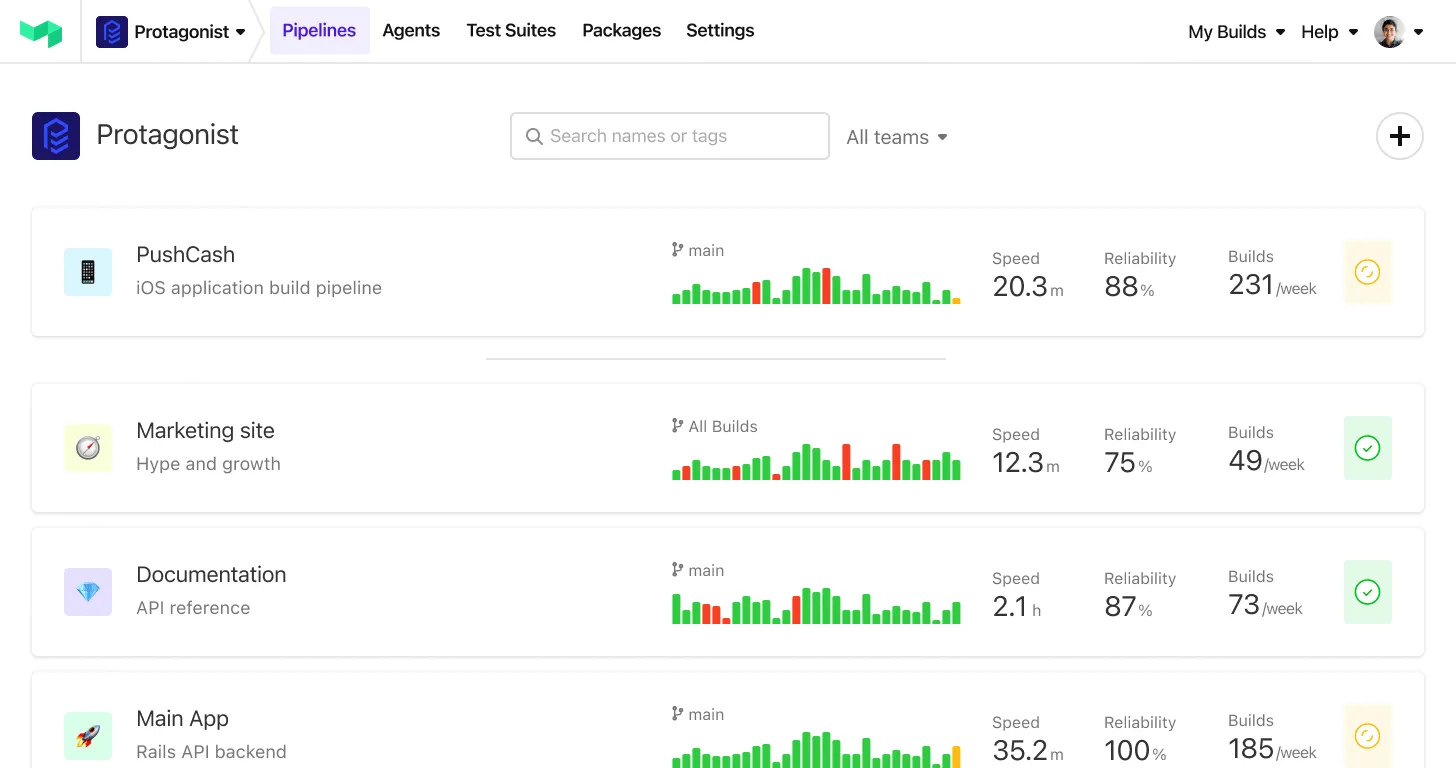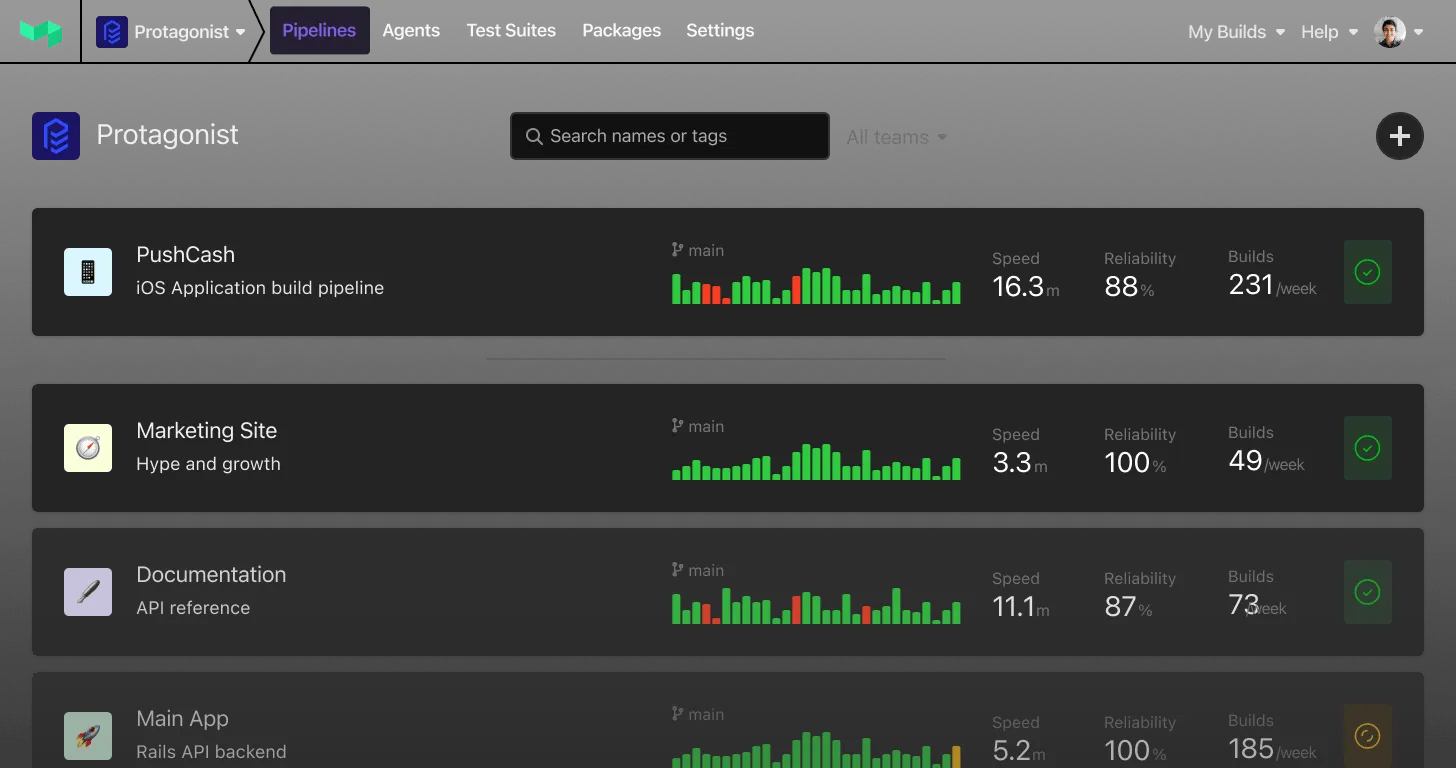Computational Graph Approach
The computational graph is a fundamental concept in deep learning frameworks, representing how data flows through operations in the model.
TensorFlow
TensorFlow traditionally used static computational graphs where the entire model is defined before execution. TensorFlow 2.0 introduced eager execution for more dynamic behavior, but its core design still favors the define-then-run approach.
PyTorch
PyTorch uses dynamic computational graphs built on-the-fly during execution, allowing for changes to the model structure during runtime. This define-by-run approach enables more flexible model development and easier debugging.
Syntax and API Design
The programming style and API design significantly impact ease of use and development speed.
TensorFlow
TensorFlow's API is more verbose and structured, with multiple layers of abstraction. The Keras high-level API has simplified model building, but the overall framework still maintains a more complex architecture.
PyTorch
PyTorch offers a more Pythonic and intuitive API that closely follows Python's programming paradigms. This results in code that's often shorter, more readable, and feels more natural to Python developers.
Debugging Experience
The ability to effectively debug models is crucial for research and development efficiency.
TensorFlow
Debugging in TensorFlow has historically been more challenging due to its static graph nature, though TensorFlow 2.0's eager execution has improved this. TensorBoard offers excellent visualization for debugging at a higher level.
PyTorch
PyTorch allows for standard Python debugging tools like pdb to work seamlessly with model code, making it much easier to inspect values and trace execution during development.
Deployment Options
The frameworks differ in their support for deploying models to production environments.
TensorFlow
TensorFlow offers a comprehensive deployment ecosystem, including TensorFlow Serving for servers, TensorFlow Lite for mobile/edge devices, and TensorFlow.js for browsers, all with robust optimization tools.
PyTorch
PyTorch has improved its deployment options with TorchServe and TorchScript, but generally requires more manual work for production deployment compared to TensorFlow's more streamlined solutions.
Performance and Optimization
Performance characteristics can vary based on model type, hardware, and specific use cases.
TensorFlow
TensorFlow offers excellent performance for production systems with extensive graph optimization. It has strong support for distributed training and custom hardware like TPUs, making it ideal for large-scale deployments.
PyTorch
PyTorch performance is comparable to TensorFlow in most benchmarks, and sometimes superior for specific workloads. Recent versions have greatly improved distributed training capabilities, narrowing the gap with TensorFlow.
Community and Adoption
The framework's community size and adoption patterns influence available resources and support.
TensorFlow
TensorFlow has wide adoption in industry and production environments, with strong backing from Google. It's often the preferred choice for enterprise AI applications and mobile deployment.
PyTorch
PyTorch dominates in research communities and academic settings, with growing industry adoption. It's widely used in cutting-edge AI research and by organizations like OpenAI for models such as GPT.



